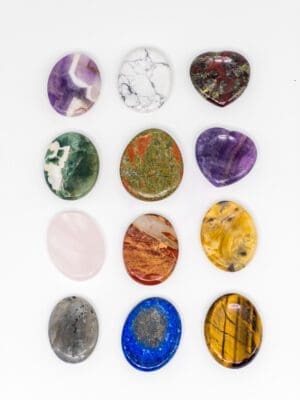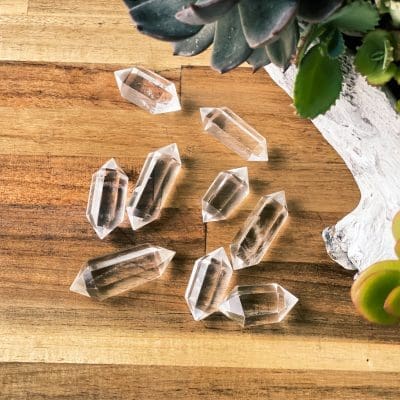Tag Archives: amethyst
A Guide to the Different Types of Crystals and Their Uses
Crystals are beautiful, mesmerizing, and have been used for centuries for their various properties and [...]
Jan
The Most Popular Crystals and Their Healing Properties
Crystals have been used for centuries for their various healing properties and ability to bring [...]
Jan
Worry Stones 101: A Beginner’s Guide
Worry stones, also known as anxiety stones or thumb stones, are smooth, polished stones that [...]
Jan
Quartz Varieties: Exploring the World’s Most Common Mineral
Quartz is the most widely mined stone in the world and also one of the [...]
Jul




